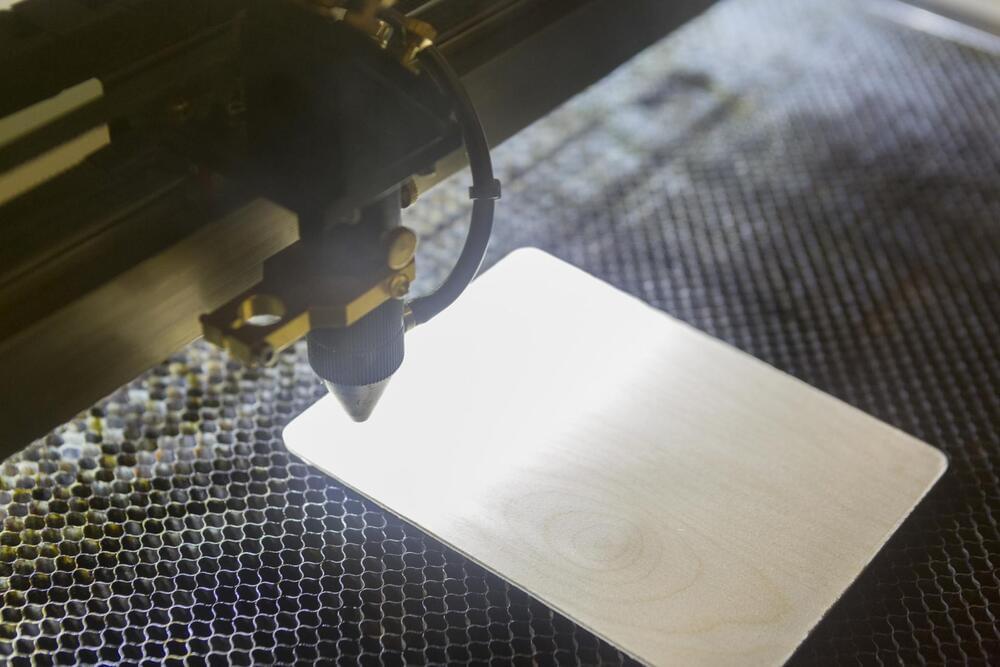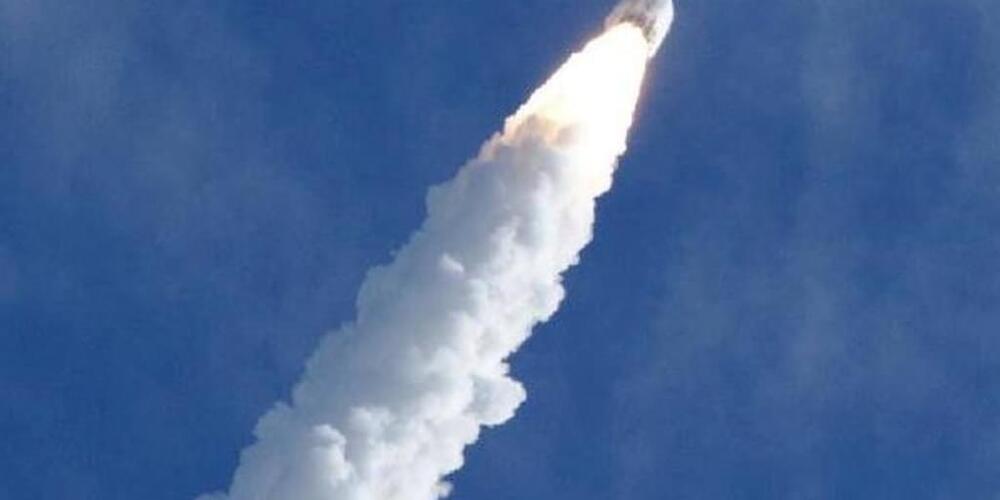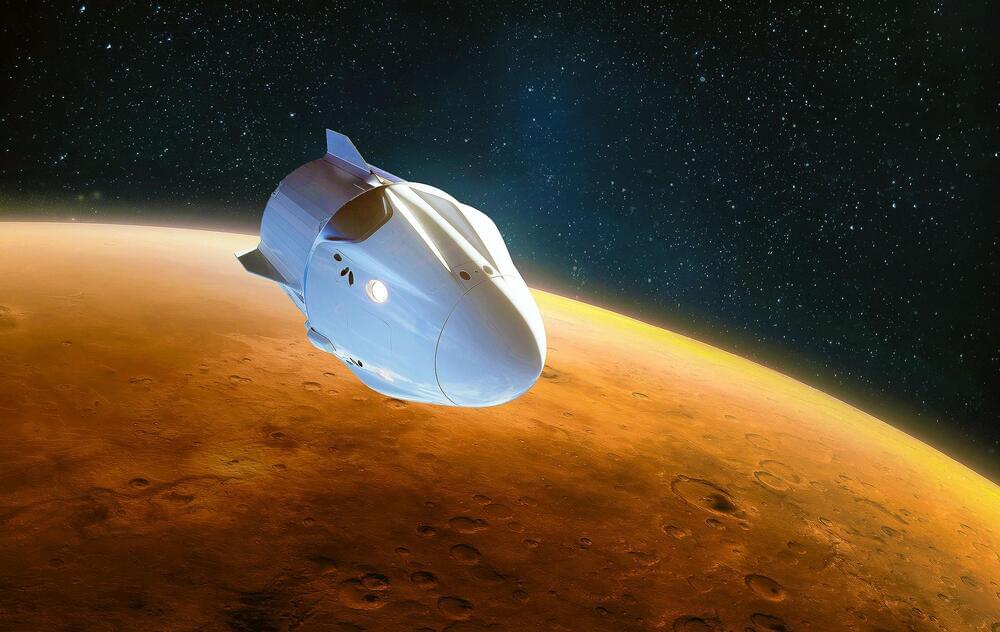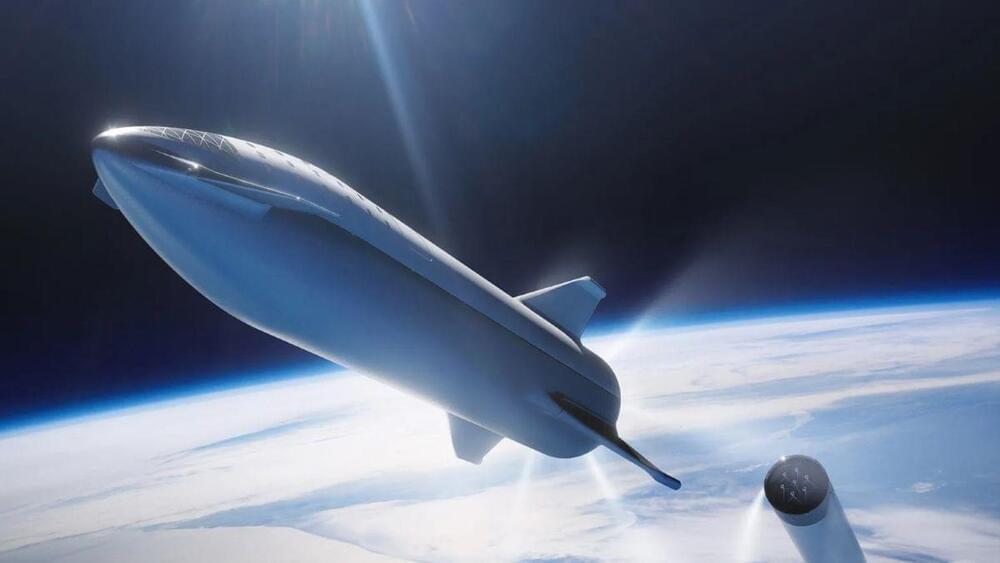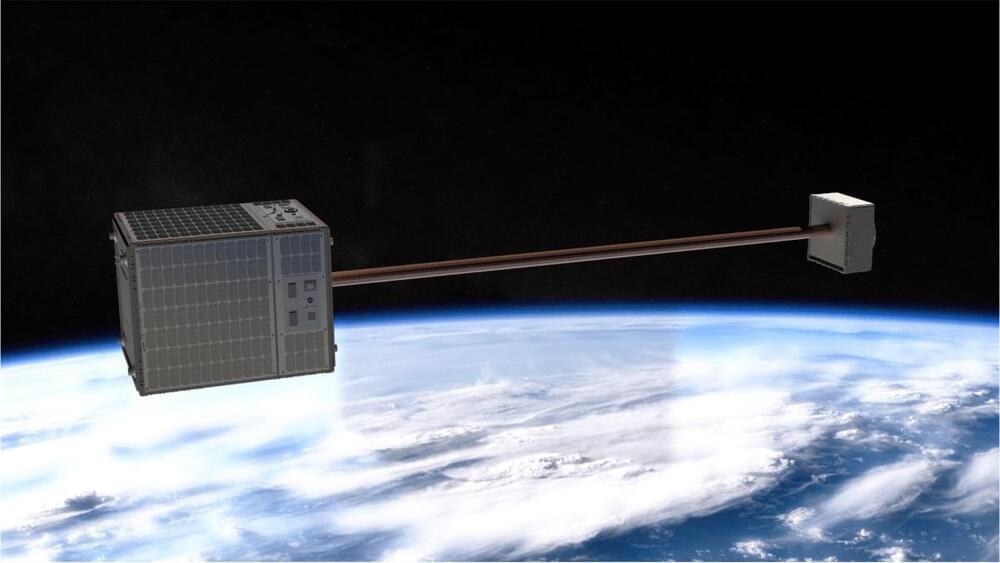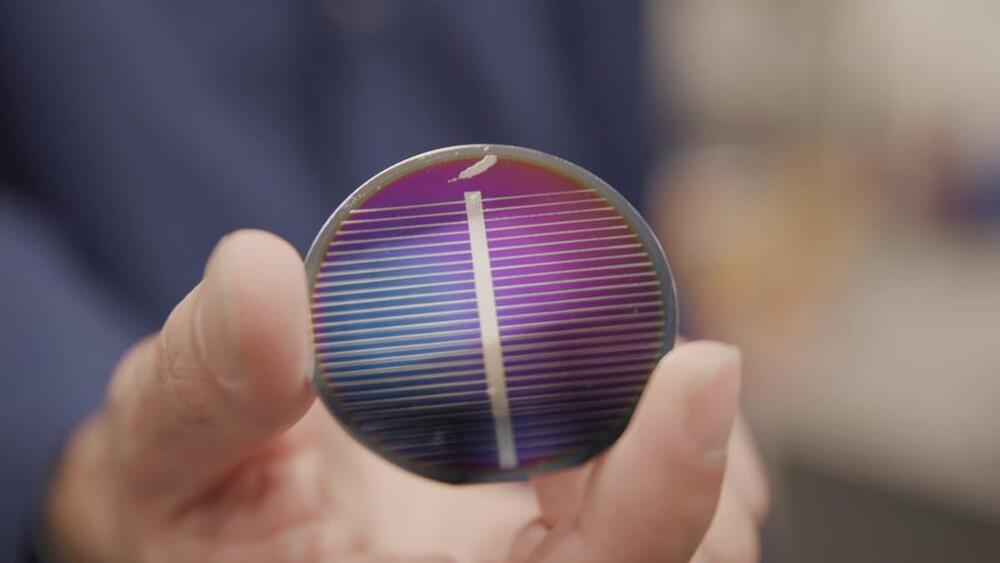Jul 31, 2023
OceanGate co-founder wants to send 1,000 people to Venus by 2050
Posted by Gemechu Taye in category: space travel
This comes a month after OceanGate’s submersible imploded in the ocean, killing all five on board.
The deep-sea disaster last month, which killed five on board an OceanGate submersible, is not a hurdle in the plans of its co-founder.
In an interview with Insider, Guillermo Söhnlein revealed that he has much bigger plans for the company. He said he wants to send 1,000 humans to live in Venus’ atmosphere by 2050.

